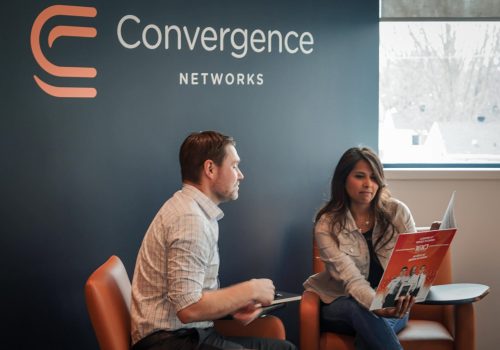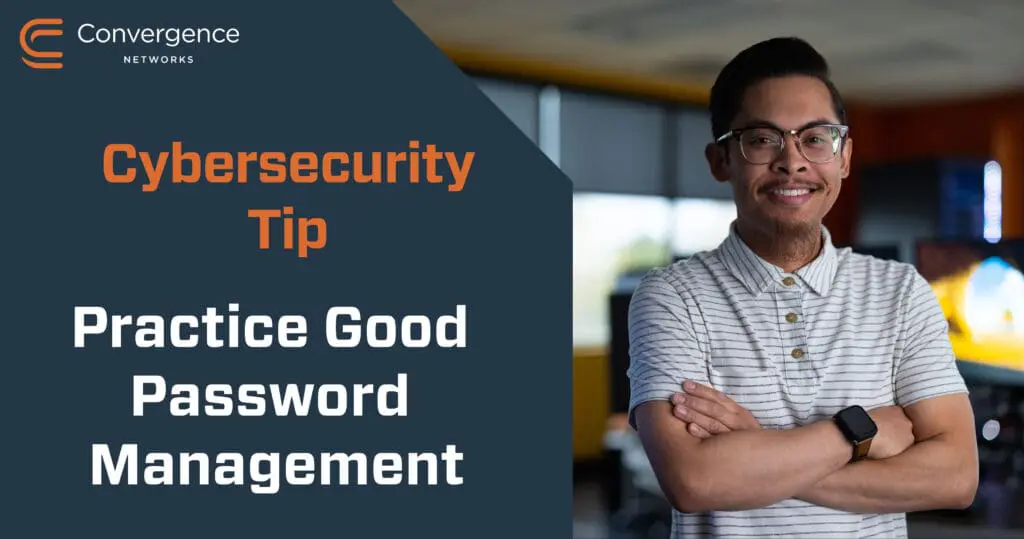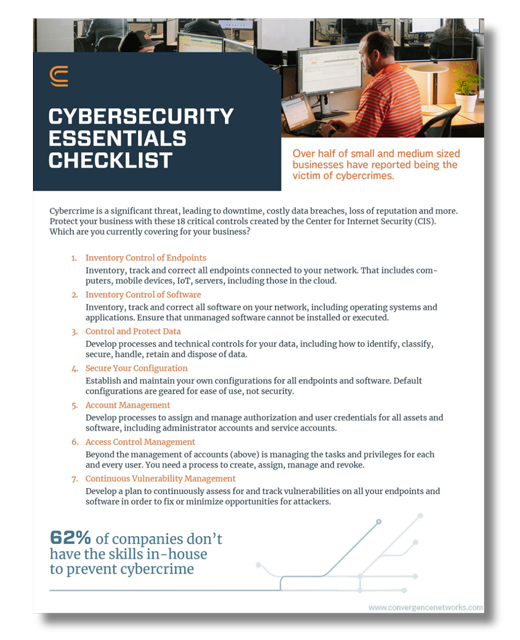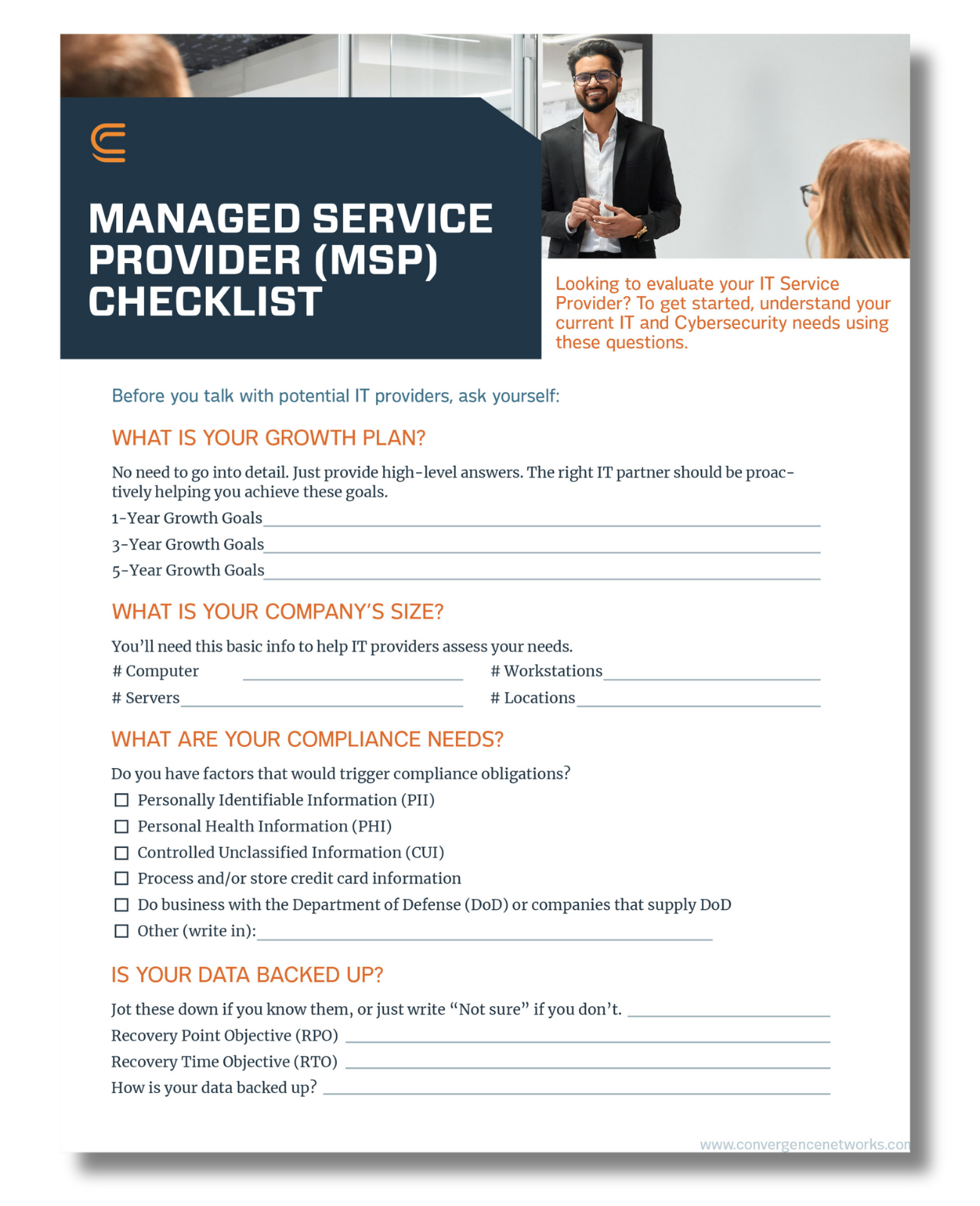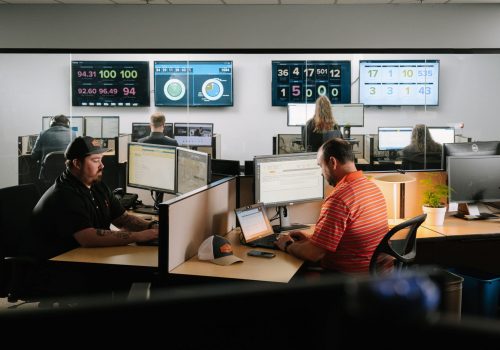It is impossible to overstate the importance of cybersecurity in the modern world. These days, the business landscape is digital, and protecting your business online is the highest priority for any organization.
We have access to a wealth of cybersecurity tools. But as technology advances, so do the methods employed by cybercriminals. Organizations that fail to keep up with the latest cybersecurity trends and strategies are at a higher risk of falling victim to cyberattacks.
With cyber threats becoming more sophisticated and prevalent, it is vital that organizations stay ahead of the game to protect their sensitive information, maintain the trust of their customers, and continue to do business effectively. However, keeping up with the cybersecurity requirements of the modern business ecosystem can be a daunting task.
Let’s explore some of the main cybersecurity issues of the moment and discuss why staying up to date with the latest threats and developments is crucial. We’ll also look at some of the measures your organization can take to protect itself, and detail best practices for staying ahead in this ever-changing field.
New Cyber Threats and Risks
The cyber threat landscape is constantly evolving and changing. Hackers and bad actors employ increasingly sophisticated techniques to identify vulnerabilities and breach organizational defenses. New threats are emerging on a regular basis, from ransomware attacks and phishing scams to zero-day vulnerabilities. And new technologies like AI are quickly adapted to add to the arsenal hackers can use to threaten your business.
The average organization is attacked 1284 times a week. While some of these are unsuccessful, it only takes one attack to cause havoc. As a result, staying up to date with this ever-changing landscape is hugely important. Organizations must stay informed about the latest threats and assess their potential impact to be able to fortify their cybersecurity posture effectively.
Advancements in Cybersecurity Technology
Luckily, while cyber threats are advancing rapidly, cybersecurity technology is also on the march. Tools like artificial intelligence and machine learning algorithms mean that we have a higher-than-ever capability to detect anomalies and potential breaches and threats in real-time. From advanced encryption methods to secure cloud computing, there have never been more tools available to protect our businesses.
However, this is exactly why staying up to date is so important. Organizations must leverage these advancements to protect their infrastructure or risk falling behind, and legacy technology is rapidly becoming obsolete.
Impact of Cyber Breaches on Organizations
Perhaps it goes without saying, but cybersecurity is so important because the consequences of a breach can be devastating for organizations! The average cost of a data breach is $2.98 million, and the average cost per breached record is $164. Aside from the obvious financial losses and potential legal implications, a successful cyber-attack can have huge ramifications for your reputation, damaging your standing and eroding customer trust.
The Need for Cybersecurity Training and Awareness
While technology and digital tools can go a long way toward protecting a business, people are usually both the first and last line of defense. Unfortunately, due to inadequate cybersecurity training and lack of awareness, employees are often the weakest link in an organization’s cybersecurity.
But this doesn’t have to be the case.
By implementing regular training programs, awareness campaigns, and ensuring that your staff is properly educated and trained in the latest threats, preventive measures, and best practices, your people can become a crucial part of your cybersecurity strategy. When organizations provide cyber security awareness and training for their employees the risk of an attack is reduced by 70% when organizations provide cyber security awareness and training for their employees.
The Role of Leadership in Ensuring Cybersecurity
Effective cybersecurity is an organization-wide project and requires commitment and involvement from leadership as well as from staff. From C-suite to middle management, leaders must prioritize cybersecurity as a strategic objective and foster a culture of security awareness throughout the organization, as well as allocate sufficient resources to fund preventative measures.
Executives must lead by example and emphasize the importance of cybersecurity, Leaders must drive the necessary changes and ensure the organization remains resilient against cyber threats.
Best Practices for Staying Up-to-Date with Cybersecurity
To keep up with the ever-changing cybersecurity landscape, organizations should adopt the following best practices:
- Regular software and system updates
- Implementing strong access controls and authentication mechanisms
- Conducting regular security assessments and audits including Network Penetration Testing
- Maintaining robust incident response plans
- Engaging external cybersecurity experts for periodic evaluations
- Collaborating with industry peers and sharing threat intelligence
In today’s fast-paced cyber world, organizations must prioritize staying up-to-date with cybersecurity to protect their assets and maintain a strong security posture. Keeping your organization safe online is a commitment, but one that delivers incredible results.
If your organization is ready to make the necessary modifications and advancements to keep up with the current threat landscape, the next step is to contact a cybersecurity firm, like Convergence Networks. We will work with you to evaluate your current environment and work towards building a secure tomorrow for your business.
Learn more about our Managed Security Services and Cybersecurity Projects and contact us to speak to one of our cybersecurity experts.





